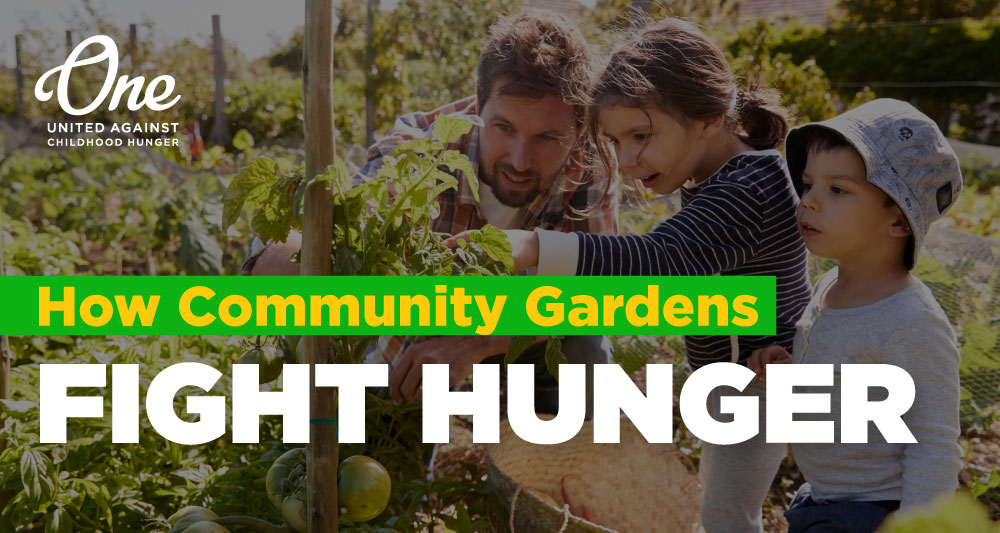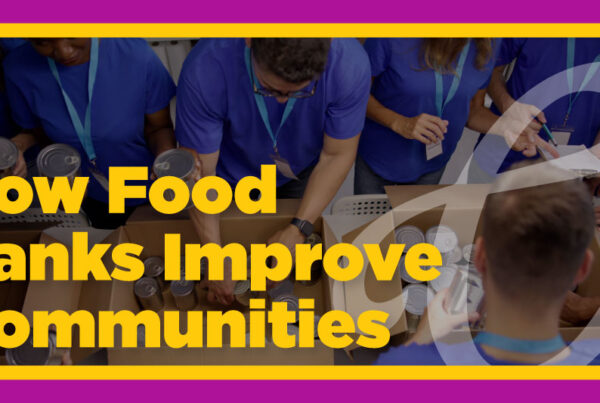
According to the USDA, one in every five children doesn’t have enough to eat. As food prices continue to increase, food banks feel the strain of increased demand as food-insecure families look for ways to keep food on the table. One resource that is helping to supplement the increased need for food is community gardens. These gardens fight hunger and strengthen communities by providing health, economic, and social benefits.
Health Benefits
Access to fresh produce goes a long way to fight food insecurity in thousands of communities that have gardens. In the 100 largest cities in the United States, there are over 29,000 community gardens. The average community garden yields about 20.4 servings of fresh produce per 11 square feet and allows community members to consume healthy food they may not have previously had access to. These health benefits do a lot to relieve stress, increase educational opportunities, and lead to healthy growth and development for children experiencing food insecurity.
Economic Stability
In addition to fighting hunger, those who garden experience positive economic benefits. For every $1 spent community gardens produce $6 worth of fruits and vegetables. A decrease in food insecurity also creates more economic opportunities for struggling families which can help them to give more opportunities to their children. These gardens can provide increased financial stability across the communities they serve by decreasing grocery budgets and providing a stable source of nutrition.
Support Networks
Gardens can also provide social benefits to communities by bringing people together. Increasing community connections can create support networks for food-insecure families and allow people to learn from each other. This can strengthen communities by breaking down walls and bridging cultural differences through a shared interest. Stronger social networks can help hungry children get the support they need to grow up happy and healthy.
Community gardens fight hunger, provide increased financial stability, and expand support networks for food-insecure children and families. They can be a crucial resource as food banks feel the stress of increased demand due to rising food prices. Gardens are an excellent source of healthy and nutritious foods that are essential as children grow. Contributing to your local gardens or starting a garden of your own is a great way to help fight childhood hunger in your community.





